
What are Venous Stasis Ulcers?
Learn what venous stasis ulcers are, why they form, and how early treatment can prevent serious leg wounds. This medically reviewed guide from Center for Vein Restoration explains how chronic venous insufficiency causes ulcers, outlines key risk factors like varicose veins and swelling, and highlights today’s minimally invasive treatments that restore circulation, promote healing, and protect long-term vein health.
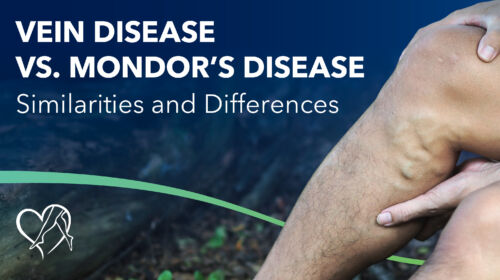
Vein Disease vs. Mondor’s Disease: Similarities and Differences
Learn the key similarities and differences between vein disease and Mondor’s disease, two conditions that can cause leg pain, swelling, or visible veins. This blog explains symptoms, causes, and treatment options so you’ll know when it’s time to see a board-certified vein specialist at Center for Vein Restoration.
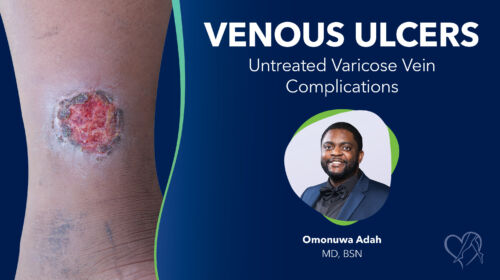
Venous Ulcers: Untreated Varicose Vein Complications
Venous ulcers are a serious complication of untreated varicose veins and venous insufficiency. This blog covers what causes varicose veins, how they lead to skin breakdown, and minimally invasive outpatient vein treatments. Learn the symptoms to watch for and how to prevent varicose veins from progressing to serious complications.
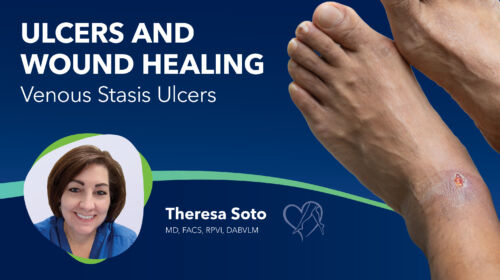
Ulcers and Wound Healing: Venous Stasis Ulcers
Find out the causes, symptoms, and treatments for venous stasis ulcers. Get lasting relief and healthier legs with minimally invasive care from Center for Vein Restoration.
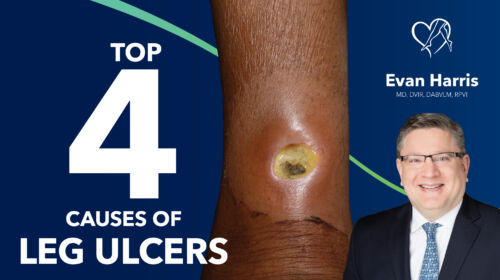
Top Four Causes of Leg Ulcers
Discover the hidden vascular and lifestyle factors such as chronic venous reflux and prolonged standing that leave your skin vulnerable. Learn why recognizing these early warning signs can make all the difference in your vein health.
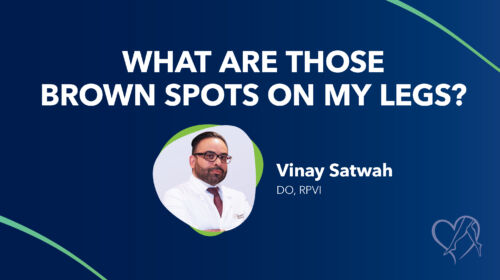
What Are Those Brown Spots on My Legs?
Discover why brown spots appear on the lower legs and how they’re often linked to underlying vein issues. This blog walks you through the common causes while highlighting warning signs that warrant professional evaluation.

What is the Fastest Way to Heal a Venous Ulcer?
If you have a leg sore that just won’t heal, it could be a venous ulcer—often a sign of underlying vein disease. This blog breaks down the fastest, most effective ways to treat and heal venous ulcers, including expert care, at-home strategies, and minimally invasive procedures. Learn when to see a vein specialist and how Center for Vein Restoration helps patients get back on their feet faster.

Hydration and Vein Health: How Water, Herbal Teas, and Juices Impact Circulation
While many vein health blogs focus on solid foods, hydration is a critical yet often overlooked factor. This blog explores how proper hydration prevents blood thickening, reduces swelling, and supports vein elasticity. It would include the best beverages for vein health while also discussing drinks to avoid.
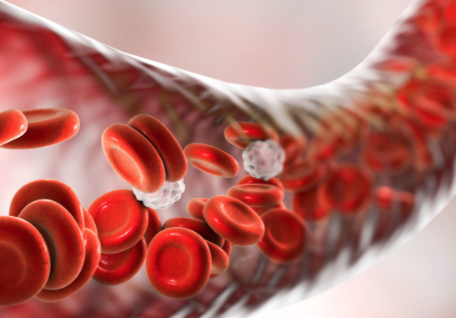 About Vein Disease
About Vein Disease
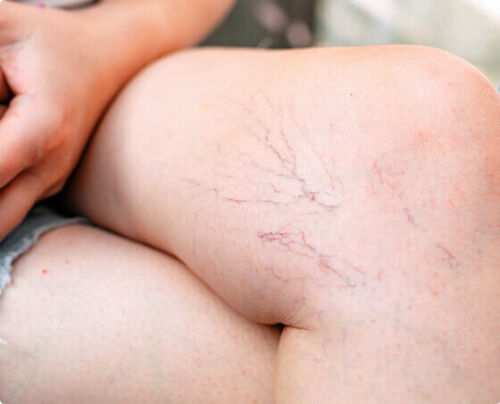 Spider Veins
Spider Veins
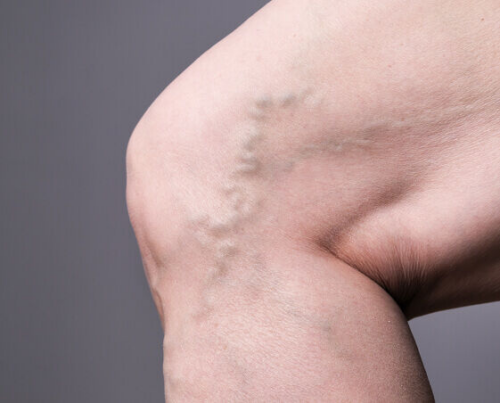 Varicose Veins
Varicose Veins
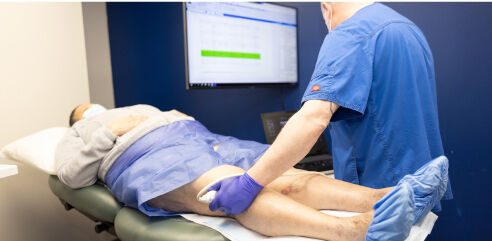 Vein Disease Treatments
Vein Disease Treatments
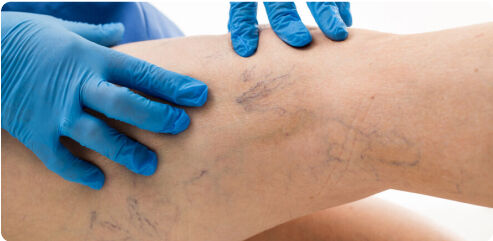 Treating Spider Veins
Treating Spider Veins
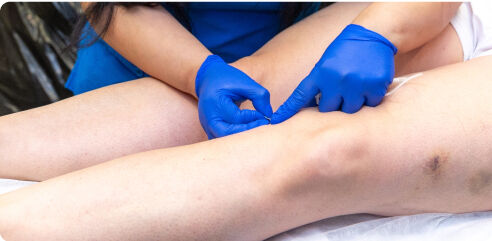 Treating Varicose Veins
Treating Varicose Veins
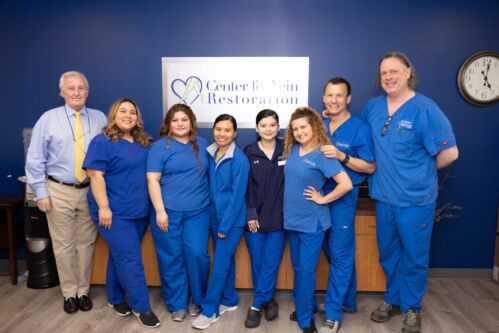 About Us
About Us
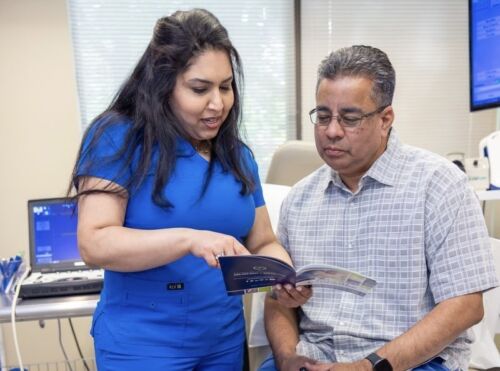 Patient Resources
Patient Resources
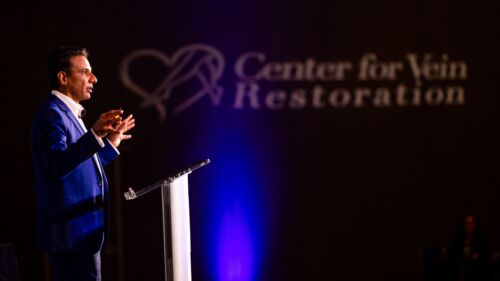 Physician Resources
Physician Resources

